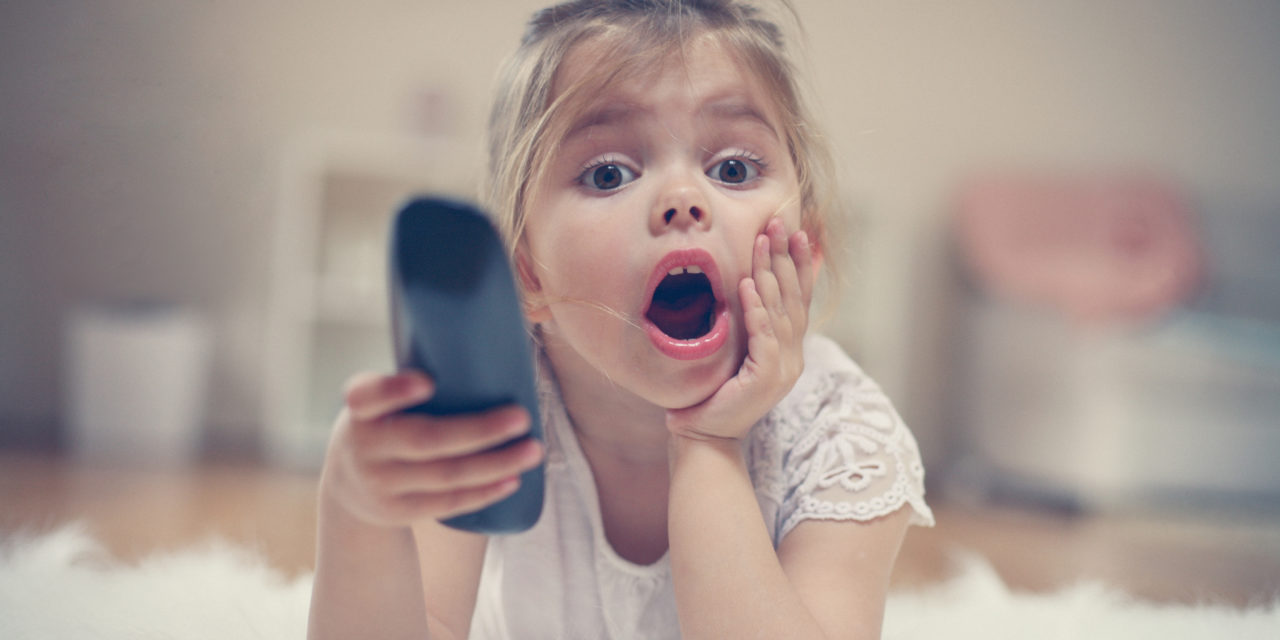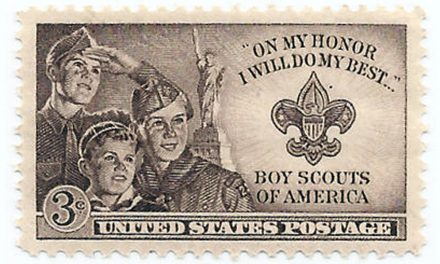What are your children’s or grandchildren’s favorite cartoons? D.C. Super Hero Girls? My Little Pony? Disney Duck Tales? She-Ra and the Princesses of Power? Star Wars Resistance? And how much do you know about the characters on those shows?
A new report from Entertainment Insider, an online news and media outlet, shows the growing portrayal of LGBT-identified characters in children’s cartoons like these. The report lists 70 programs with a total of 259 characters with a variety of “sexual orientations” and “gender identities,” including lesbian, gay, bisexual, transgender, queer, nonbinary, pansexual, polysexual and agender.
The shows are explicitly geared toward children and teens, as Insider analyzed standard television series that were “rated TV-PG and below and either programmed with children in mind or accessible to children if programmed for a preteen or teen audience.”
In a video about the evolution of “queer characters” in children’s animation, Insider quotes Melanie Kohnen, Assistant Professor of Rhetoric and Media Studies at Lewis and Clark College. She said, “We need to have queer representation in children’s animation because queer children exist, and they deserve to see themselves on the screen. They deserve to see romance and happiness that represent the things that they already feel.”
Insider says the characters “bust the myth that kids can’t handle inclusion.” The outlet created a database with all the “LGBTQ and gender-minority characters in animated children’s television” up through 2020. “We found a 222% increase from 2017 to 2019 in the number of LGBTQ characters confirmed in new series or by showrunners of series that had ended,” the article stated.
DC Super Hero Girls, for example, airs on the Cartoon Network and shows the adventures of teen versions of DC Comics heroines like Wonder Woman, Supergirl and Batgirl. One of the characters, Jessica Cruz, has the secret identity of Green Lantern. She also has two moms.
Discovery Family’s My Little Pony: Friendship is Magic features women horses in romantic partnerships with other women horses. Friendship is Magic also features a bisexual man horse, while My Little Pony: Equestria Girls includes a bisexual woman.
Insider says that when the 1980’s series She-Ra: Princess of Power was given a reboot in 2018 with the addition of more princesses, the show’s new producer and showrunner was Noelle Stevenson, a “nonbinary lesbian.” The show has “at least 23 LGBTQ characters, including “kids animation’s first known trans male, Jewelstar” as well as the “nonbinary shapeshifting alien Double Trouble.” The program runs on Netflix.
The news outlet also says that the creator of Steven Universe, on the Cartoon Network, is the “nonbinary, bisexual” Rebecca Sugar, who “went out of the way to make sure that their show was [staffed] as inclusive as possible.” The cartoon has a whopping 39 nonbinary, genderfluid, queer, gay, lesbian, asexual, aromantic and intersex characters, including the title character, who is “gender-nonconforming.”
Other popular shows with LGBT-identified characters include Arthur, Clifford the Big Red Dog, Dreamworks Dragons, Scooby Doo! Mystery Incorporated, Star Wars Resistance, Superman: The Animated Series, The Owl House, and Transformers: Prime.
Insider verified the characters’ various “sexual orientations” and “gender identities” by first seeing whether a character was implicitly or explicitly “LGBTQ” by “interviews with experts in child development, gender, and sexuality who helped detail what kids about 12 and under might recognize about LGBTQ culture and identities.”
The second measure involved “a shows narrative techniques,” as reporters viewed “footage to analyze dialogue and character interactions” and researched “comments in interviews and on social media.”
Finally, “Characters’ sexual orientation, gender identity, race, and ability were confirmed via the show, or the studio, or the creative team’s social-media posts, or directly with creators in interviews,” Insider reported.
When a studio did not give specific information about a character’s orientation or identity, those traits were labeled “unknown,” but the character was still included in the list because a member of the creative team was interviewed, information was found on social media, the character made “LGBTQ cultural references,” or a character was seen in a romantic relationship, a parenting relationship or sharing affection with another character of the same sex.
The report also tracks the top platforms for “LGBTQ-inclusive animated kids’ shows.” The top five are Cartoon Network, with 19 programs; Netflix, 14; Disney Channel, 9; Nicelodeon, 7; and PBS Kids, with 5.
If you add Toon Disney, Disney Junior and Disney XD’s shows with Disney Channel, the multimedia conglomerate comes in with 17 programs with LGBT-identified characters – for children of all ages.
Insider writes that the push for “diversity and inclusion” is deliberate, fueled by LGBT activist organizations like GLAAD and by individuals in the industry who are “pushing for representation.” The organization quotes Sugar, who said, “Visible queer content and multiple queer creators means no one has to feel isolated the way that I did.”
Focus on the Family has many resources for parents – and grandparents, other family members and church leaders – concerned about what children are viewing and how to address these sensitive topics:
Focus Homosexuality Resources page
Focus Transgender Resources page
Focus Understanding Homosexuality page
How to Talk to Your Children About Homosexuality
How to Teach Your Children About Marriage
Increase in LGBT Characters in Children’s Entertainment – Focus’ Plugged In Gives Advice for Parents
Plugged In – The website offers detailed information about what’s really in popular movies, videos, television episodes, songs and games.
Raising Children Who Honor Marriage: What you should know
The Talk: Healthy Sexuality Education—Basic Goals and Guidance from Focus on the Family
Photo from Shutterstock






